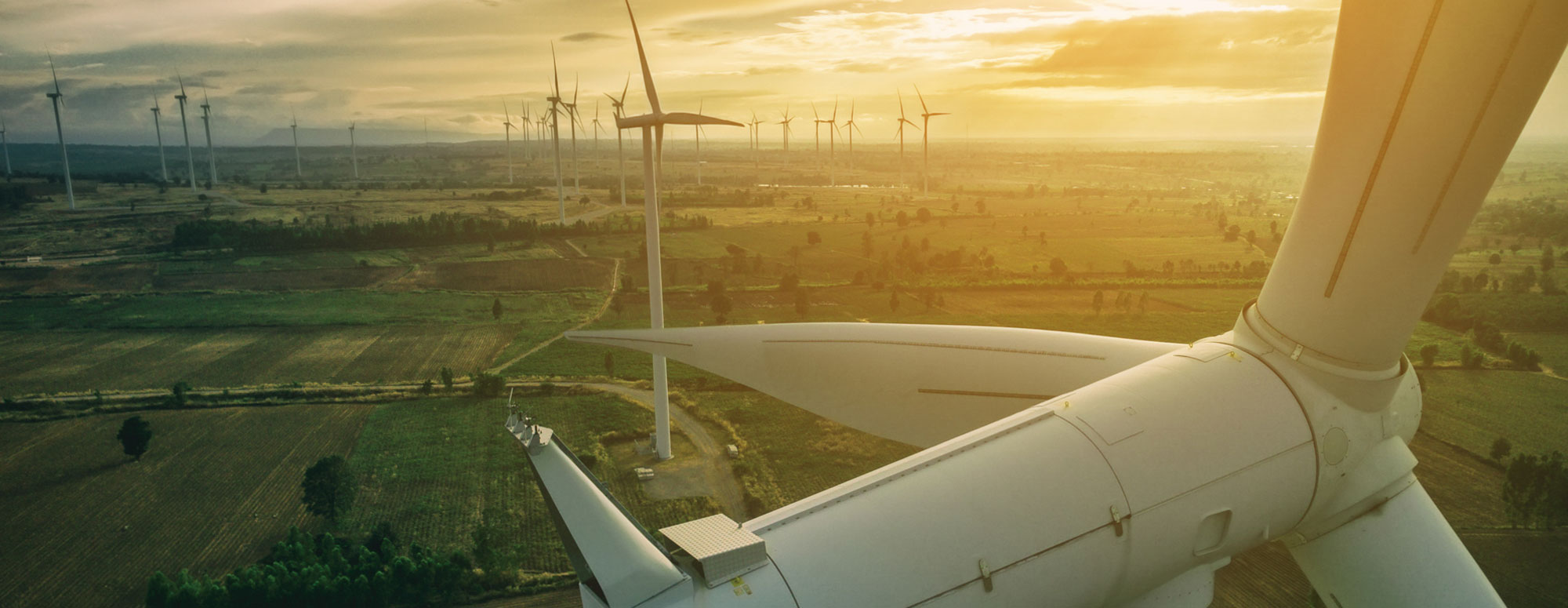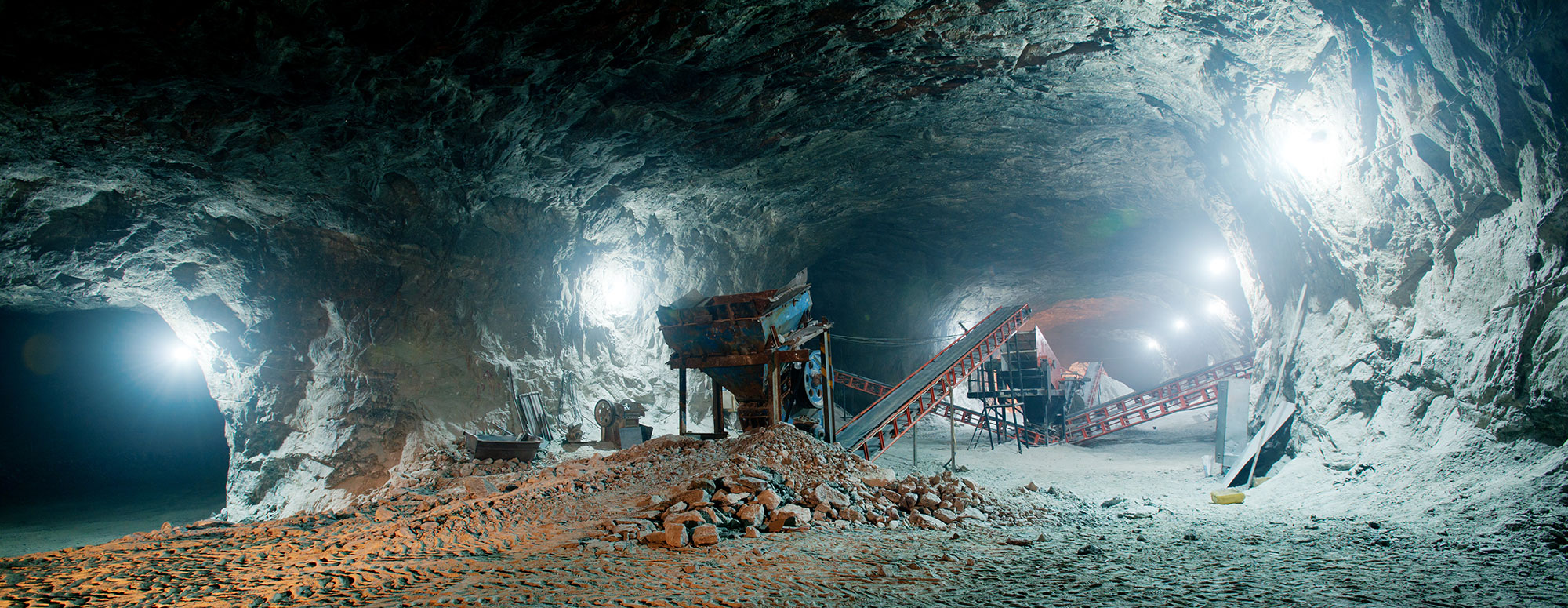Earth, Wind, and Fire
The job of a forensic or investigative engineer can be fascinating. Each investigation brings its own set of challenges and, at times, gathering facts and background information can be one of the more difficult aspects of a case. In gathering our own observations, evaluations, and examinations of any loss, we are sometimes asked to go to great lengths in determining the root cause of damage. And sometimes, those ‘great lengths’ can actually amount to great heights and great depths!

In the ‘great heights’ category, I was asked to determine the cause of damage to a horizontal axis wind turbine. Damage to the rotor locking system was discovered while the turbine was under construction and EDT was asked to examine the equipment and find the root cause of the damage. Examining the equipment translated into the engineer (me) being harnessed and climbing a ladder to the nacelle (wind turbine housing) of the turbine, approximately 260 feet up. That’s about 19 stories. I can now personally attest to the advice, “don’t look down!”. Photographs and measurements revealed that the damage involved misalignment between the rotor locking hole and the nacelle locking pin hole. The damage likely occurred during installation of three wind turbine blades.
At the other end of the spectrum, a colleague of mine found himself deep below the earth’s surface in his efforts to evaluate equipment damage in a coal mine and, later in his career, at a salt mine. As you might imagine, there is nothing quite like getting into an elevator that will transport you several hundred feet below terra firma. Without the aid of headlamps and other lighting equipment, the blackness is almost palpable, he said. In investigating these cases, perhaps the opposite of ‘don’t look down’ applies. Don’t look up to confirm how deep into the earth you have traveled.

I’m quite sure (within a reasonable degree of engineering certainty) if you asked any engineer at EDT to recount one of their more unusual cases, you would hear tales of extremes….whether in heights, depths, temperatures, or locations. Forensic engineering encompasses many things and many fields; mechanical, structural, chemical, electrical, metallurgical, accident reconstruction, fire origin and cause, and more. It involves all your senses, acquired learning, and communication skills. One thing it is not is boring. If you know someone who has an interest in engineering but can’t see sitting in a cubicle all day, point them toward forensic engineering. Same old, same old is not the case in this line of engineering. At the very least, this career will provide some fairly unique vantage points!
About the Author
Anthony (Tony) A. Yurko, III, M.S.M.E., P.E., CFEI, CVFI is a Consulting Engineer in our Cleveland, Ohio Office. Mr. Yurko provides consulting services in the areas of vehicle accident reconstruction and vehicle systems analysis; mechanical evaluation of damage to machinery, equipment and component systems; and fire origin and cause determination. You may contact him for your forensic engineering needs at tayurko@edtengineers.com or (440) 239-0362.
Learn about how EDT Forensic Engineering & Consulting approaches vehicle damage assessments, origin of fire and forensic engineering by assigning a file today.

